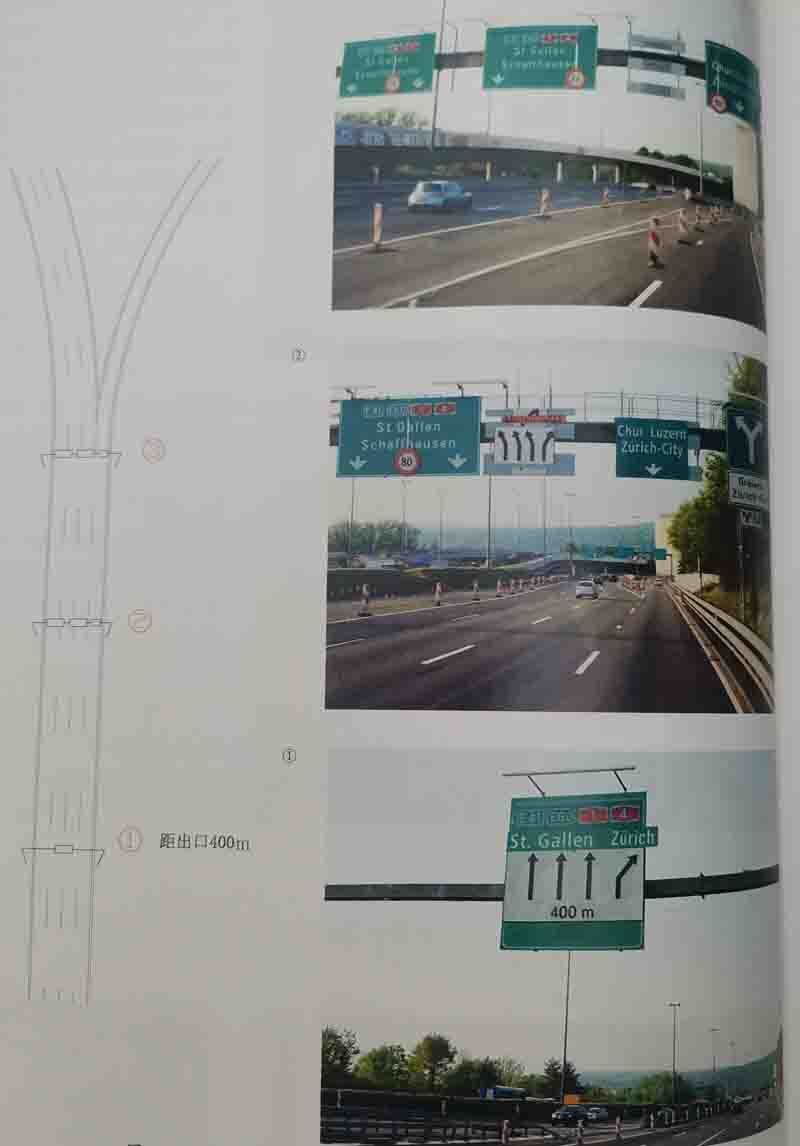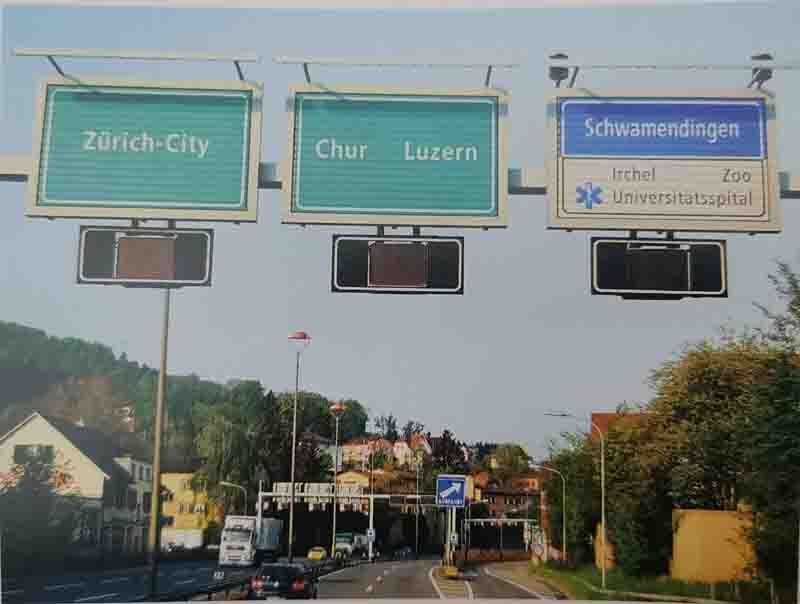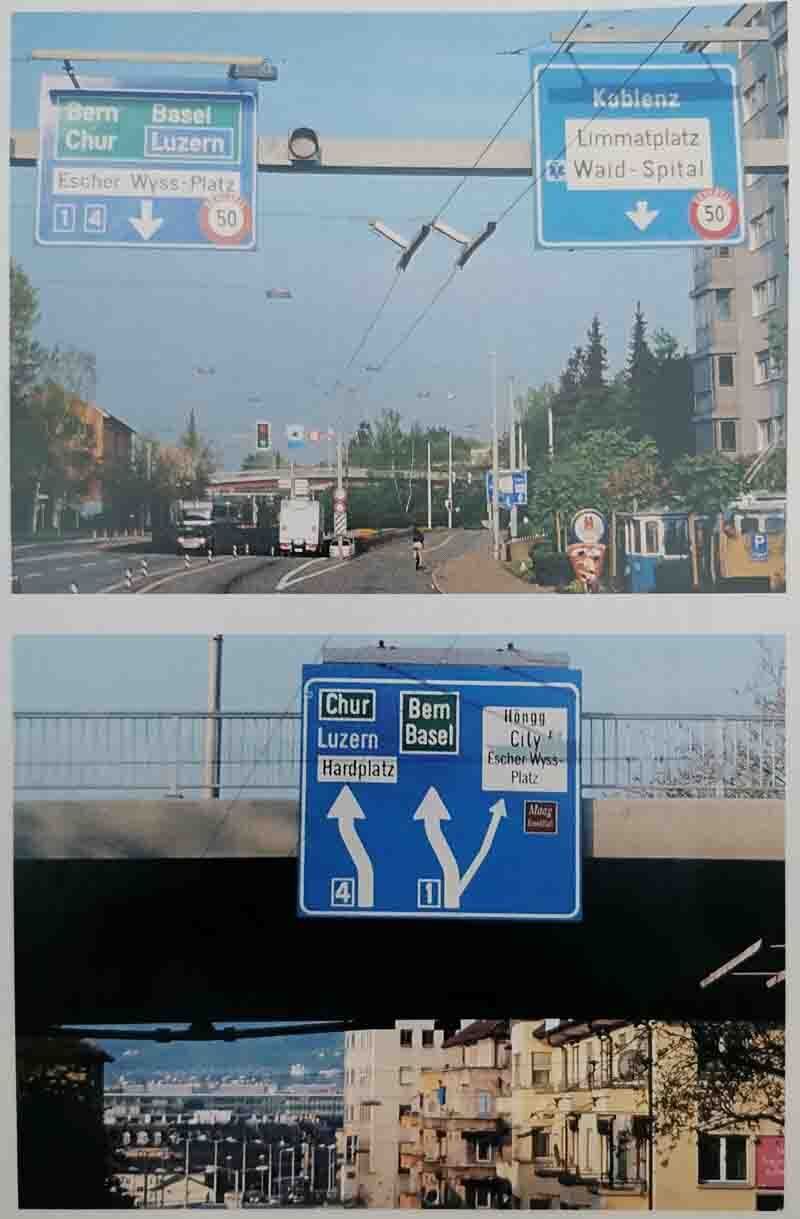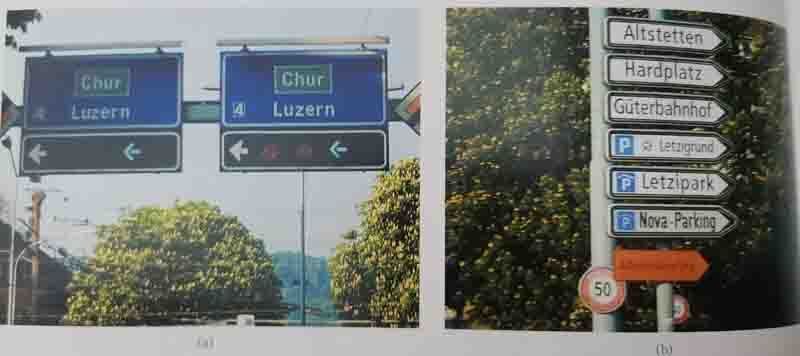Mingsheng Aluminum Sheet Home > faq > Aluminum Alloy > Signposts in Switzerland
Signposts in Switzerland
Author:Aluminum Sheeting for Trailers_Aluminum Trailer Siding Sheets_Mingsheng Aluminum Update time:2025-04-21 08:36:01Switzerland is a landlocked country in Central Europe, bordering Austria and Liechtenstein to the east, Italy to the south, France to the west and Germany to the north. Switzerland has a federal system and consists of 26 cantons, with Berne as its capital. Switzerland covers an area of 412,930,000 square kilometres and has a population of 7.2 million. Switzerland is renowned in Europe for its transport, with 5,300 kilometres of railways and more than 70,000 kilometres of roads, which reach almost every village and town, making it one of the most densely populated countries in the world. In addition to the main roads connecting the cities, there are also motorways, which basically have six lanes in each direction. Switzerland's wayfinding signs are also very distinctive, whether in the high, fast road, or on the general road, are installed on the top of the sign lighting facilities, to increase the wayfinding signs in the night visibility; signs in terms of colour, the high, fast road signs using a green background with white lettering, the general road signs using a blue background with white lettering or black lettering on a white background, different from France, the United Kingdom, but with the domestic use of the situation is relatively similar. The following section describes the basic situation of road signs in Switzerland at various levels.
1. Motorway wayfinding signs
Swiss motorway wayfinding signs are similar in terms of location and choice of information, except for the difference in colour between France and the UK. The information of the sign is still a combination of the name of the place and the road number. The European motorway number also starts with the letter E and adopts white letters on a green background, while the national motorway number does not start with a letter and adopts white letters on a red background to make a distinction. The following is an example of a set of signs in front of a motorway interchange exit, which briefly introduces some features of Swiss motorway wayfinding signs.

(1) The first point is the exit warning sign, 400m away from the exit fork, this distance is decided according to the actual situation, if there are conditions will generally be 1~2km in advance, laying 2~3 warning points. The information of the first preview point is not large, only the most important, most representative road number and destination information, but it clearly shows the main line and the exit direction of travel and lane allocation.
(2) Point ② is also an exit warning sign, but since it is closer to the exit and the exit of the interchange can already be seen, the distance to the exit is not indicated on the signage surface. This point, both for the mainline forward and the exit direction, adds other important advance warning information to the first advance warning sign, especially the addition of vertically downward lane indication arrows to forewarn drivers of the need to follow the lanes. In addition, since both the mainline and the exit ramp enter the small-radius curve section after the bifurcation point, a double-arrow indicator sign is added to the right side of the door crossbeam, highlighting the particular direction of travelling in both directions and serving as a warning to the driver, and the number of the exit is appended to the bottom of the sign.
(3) Point ③ is the exit indication sign, which is set before the exit bifurcation point. The main line and exit direction signs on the same gantry crossbeam correspond one by one with the assigned lanes, and since the main line width is wider, two signs with the same content are set up in the direction of the main line. A circular warning sign with a speed limit of 80km/h is placed on each sign face. Switzerland is one of the most important countries in the world for safe driving, with a very low accident rate, and speed limits are one of the most important traffic control measures, with cameras densely distributed on the road, so that vehicles are photographed and recorded in the system whenever they exceed the speed limit.
2. Expressway signage
In Switzerland, the urban expressway is the main link between the city and the motorway, which has an important traffic diversion function and effectively solves the problem of long-distance, inter-cluster traffic travel within the city. Compared to motorways, expressways have a lower standard of road design, a denser distribution of entrances and exits, and lower speeds than motorways, which is why the signage is also different. Considering the low speed of traffic, the exit warning signs of expressways are not far in advance, and usually only one or two levels of warning are set up, and the distance of exit is not indicated on the sign face. The main colour of the expressway wayfinding sign is the same as that of the motorway, both using white letters on green background, but when it comes to previewing the exit direction information, it adopts white letters on blue background or black letters on white background, which is consistent with the colour of the wayfinding sign of the general road. What is more special is that at some key entrances and exits of expressways, dynamic signals are also added at the bottom of the signs in order to guide and control the traffic flow.

3. General road signs
In Switzerland, the colour of general road signs is the same as that used in China, with the main colour being white letters on a blue background, but it is possible to embed other colours of information on the sign face, for example: white letters on a green background are used to give information about motorways, black letters on a white background with a red frame are used to display speed limit signs, and white letters on a brown background are used to display information about places of interest. The sign face design of the Swiss wayfinding signs, using colour changes, although increasing the amount of traffic information, but make people feel clear and not cumbersome, graphic and text, at a glance.

Not only in the expressway, Switzerland in general urban roads also often take static signs and dynamic signals combined with the way, drivers can simultaneously understand the road direction information and the intersection of the traffic status. Switzerland's wayfinding signs have many similarities with those in other European countries. These single-post signs, which are commonly used in France and Luxembourg, are made up of a number of small, independent, arrow-shaped signs, which can be easily removed and replaced, making it easy to dynamically update the wayfinding information.

Article Categories
New Article
Contact Us
Contact:Maddy
Add:No. 162 Jinbai Road, Zhengzhou City, Henan Province, China
